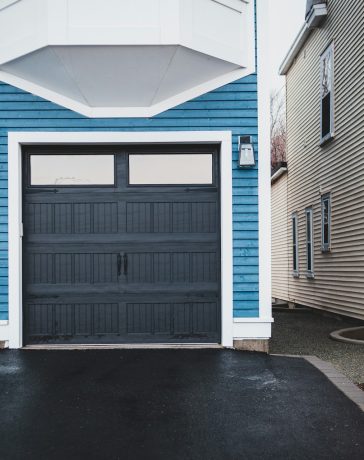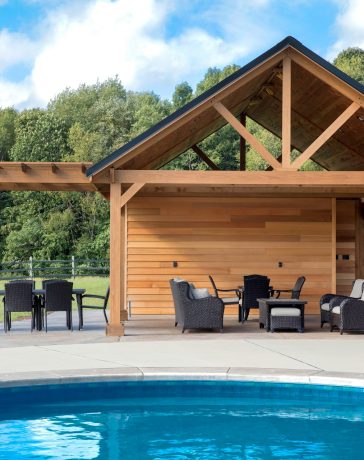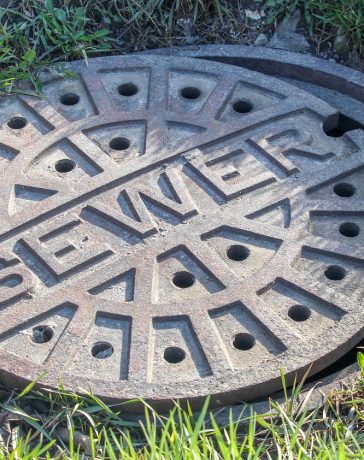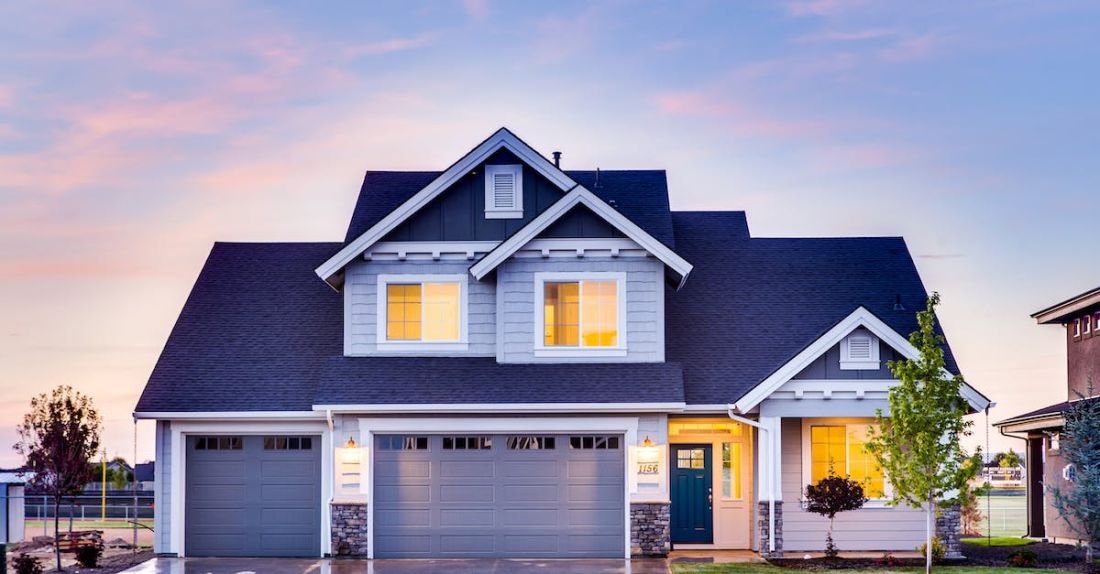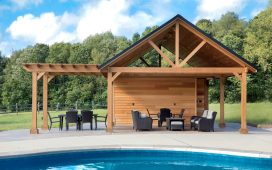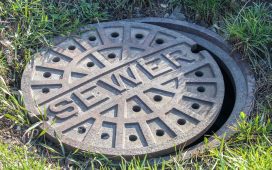As homeowners become more conscious of their environmental impact and the rising cost of energy, finding ways to improve energy efficiency in homes has become a top priority. One method that has gained popularity in recent years is exterior insulation. This technique involves adding insulation to the exterior walls of a home, providing a barrier against heat loss or gain. But can exterior insulation truly improve energy efficiency in homes? Let’s explore the benefits and considerations of this approach.
Enhanced Thermal Performance
One of the primary advantages of exterior insulation is its ability to enhance a home’s thermal performance. By adding a layer of insulation to the outside of the walls, the heat transfer between the interior and exterior of the home is significantly reduced. This means that during the hot summer months, less heat will penetrate the walls, helping to keep the interior cool. Similarly, during the cold winter months, exterior insulation acts as a barrier, preventing heat from escaping and keeping the interior warm. Overall, this enhanced thermal performance can lead to lower energy consumption and reduced utility bills.
Elimination of Thermal Bridging
Another benefit of exterior insulation is its ability to eliminate thermal bridging. Thermal bridging occurs when there is a break in the continuity of insulation, such as at stud walls or other structural elements. These areas create pathways for heat to escape, reducing the overall effectiveness of insulation. By applying insulation to the exterior of a home, thermal bridging is eliminated, ensuring that heat does not have an easy escape route. This leads to a more efficient and effective insulation system, resulting in improved energy efficiency.
Prevention of Condensation and Mold
Exterior insulation can also help prevent condensation and mold growth within the walls of a home. When warm, moist air comes into contact with a cold surface, condensation occurs. This can lead to the growth of mold, which can be detrimental to both the health of the occupants and the structural integrity of the home. By adding exterior insulation, the temperature of the walls is increased, reducing the likelihood of condensation forming. This helps to maintain a healthy and mold-free environment.
Considerations Before Installing Exterior Insulation
While exterior insulation offers numerous benefits, there are a few considerations to keep in mind before deciding to install it in your home. Firstly, the cost of exterior insulation can be higher compared to other insulation methods. This is due to the additional materials and labor required for installation. However, the long-term energy savings and increased comfort may offset the initial investment.
Additionally, exterior insulation can alter the appearance of a home. Depending on the type of insulation and the desired aesthetic, the exterior may need to be modified or covered with a new cladding material. It is essential to consider the impact on the overall appearance of the home before proceeding with exterior insulation.
Conclusion: An Effective Solution for Energy Efficiency
In conclusion, exterior insulation can indeed improve energy efficiency in homes. With enhanced thermal performance, elimination of thermal bridging, and prevention of condensation and mold growth, this insulation method offers numerous benefits. However, it is crucial to consider the cost and potential aesthetic changes before making a decision. Overall, exterior insulation is an effective solution for homeowners looking to reduce their energy consumption while improving the comfort and health of their homes.
























